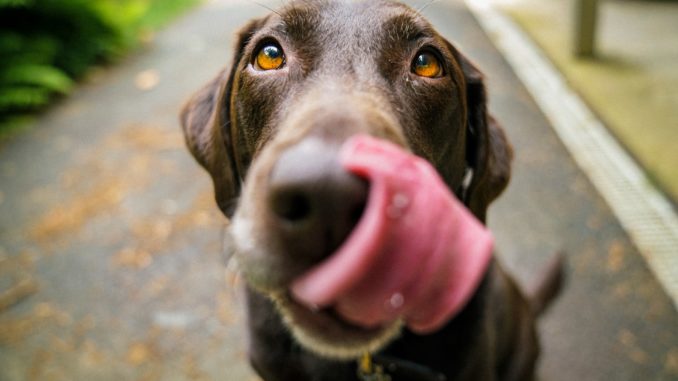
We can generally categorize dog food into wet and dry types. The main difference between the two types of food is the moisture content. While dry food has just about 3% to 12% of moisture, wet food contains 60% to 84% moisture. Dog owners choose the food for their pets according to their convenience and the health requirements of the dogs. Let us look into the pros and cons of wet dog food to help you have a better idea regarding what to feed your pet.
The pros of wet dog food
Dogs have a natural craving for wet food because of the aroma, which makes it tastier for them. Thus, even choosy and fussy dogs show a preference for wet food. It is also a better option for dogs with dental problems because the food is soft and easy to chew.
Here are some benefits in favor of wet dog food being a healthier option:
- Less preservatives: Wet food has fewer preservatives compared to kibble, or dry food. This makes it a safer and healthier option in the long run.
- Rich in protein: Wet food for dogs has low carbohydrate content and is rich in protein and fat. Low carbohydrate content helps prevent obesity, while high protein content promotes energy, strength, and muscle growth.
- High moisture content: Wet dog food is rich in moisture and has higher water content than kibble. This helps to maintain adequate hydration in dogs who do not drink much water during warm weather. It also benefits dogs showing urinary problems by reducing the stress on their kidneys and urinary tract.
- Less processed: Kibble or dry food goes through a higher amount of processing to turn it into small bites. On the other hand, wet food is less processed and thus more natural because the nutrients are retained.
- Easy to chew: Wet food is easier to eat for senior dogs and those with weak teeth to eat because it is softer.
The cons of wet dog food
Since wet food is high in moisture, it has a reduced shelf life and tends to rot faster. Even though we have discussed a host of benefits, here are some reasons why dog owners may not prefer buying it:
- Expensive: Most dog owners find wet dog food to be more expensive than dry food on a long-term basis. If you choose wet food exclusively for your dog, it could cost you a lot per month.
- Inconvenient: Dog owners can also find it inconvenient to prepare and feed wet food every day. It is messier and more time-consuming to prepare wet food than scoop out some dry food into a bowl.
- Smelly: While dogs find the flavor and aroma appealing, some dog owners find it quite smelly.
- Wastage: Wet food is also prone to wastage. When left open for too long, wet food may spoil too quickly. Some dogs have the habit of not touching their food for long hours or eating slowly. For such dogs, wet food may be troublesome as it could spoil before they eat it. Owners have the extra step of refrigerating the open containers soon so that the food doesn’t rot.
- More environmental waste: Dry food creates less trash than the containers, plastic pouches, and disposable cans every week or month, which add up to environmental waste.
Mixing feeding wet and dry food
Given the various health benefits of wet food and the convenience related to dry food, it is easy to be confused as a pet owner. The veterinarian shall provide you with the best tips regarding the ideal type of food and feeding routine.
Sometimes, mixing wet and dry food in the right combination can be the best routine and you can easily find a large range of canned food for dogs at Whiskers N Paws. Actually, it helps to maintain maximum convenience and cut down costs while providing the right nutrients and hydration for your dog.
However, always remember to consult the vet to know the right balance between wet and dry food and get tips on how to make the gradual switch. Mistakes in maintaining this balance can be harmful for your pet. It’s best to feed little amounts of mixed food when introducing this new feeding habit. This helps them to adjust to this new food and learn to digest it gradually. Also, note that you may not even need to actually mix the two types of food together. When you know the correct proportion of dry food and wet food to be given, you can provide them separately as per your convenience.
Conclusion
Read about different types of dog foods, the ideal feeding routines, and combinations, and also consult go through reviews of dog food brands to have a clearer idea of what is best for your dog. Then, it is best to plan their diet after thorough consultation with the vet regarding the habits and the nutritional requirements of your pet.

Leave a Reply